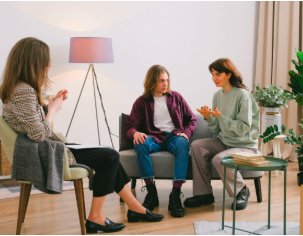Learning how to handle disagreements is a key part of growing up. Young children often face situations where their feelings clash with others—whether it’s over sharing toys, taking turns, or simply wanting the same thing at the same time. Teaching conflict resolution early on helps children become thoughtful, respectful, and cooperative individuals.
Why Conflict Resolution Matters in Childhood
Children are still learning how to express emotions, manage frustration, and understand others’ perspectives. Without guidance, small conflicts can lead to hurt feelings or miscommunication. Teaching peaceful strategies empowers children to navigate challenges calmly and build strong relationships with others.
Steps to Teach Conflict Resolution
Model Calm Behavior
Children learn by observing. When adults respond to conflict with a calm voice, respectful language, and a focus on solving the problem—not blaming others—kids tend to do the same.Label Emotions
Help children recognize what they’re feeling. Saying, “It looks like you’re feeling upset because…” gives them the words they need to express themselves instead of acting out.Teach Active Listening
Encourage children to listen while the other person is speaking. You can practice this by taking turns talking and repeating back what was heard. This builds empathy and shows children that everyone deserves to be heard.Encourage “I” Statements
Teach children to use phrases like “I feel sad when…” instead of “You made me…” This helps them take ownership of their feelings and communicate in a respectful way.Guide Them to Solutions
Once both sides have shared their thoughts, ask guiding questions: “What do you think we can do to make this better?” or “How can we fix this together?” Supporting children as they brainstorm peaceful solutions builds critical thinking and problem-solving skills.Praise Positive Efforts
When children try to resolve conflict peacefully, even if imperfectly, offer praise. Positive reinforcement helps build confidence and encourages them to keep using those strategies.
Everyday Opportunities for Practice
Circle time discussions, role-play activities, and storytime are great chances to practice resolving conflicts. Books that explore friendship, sharing, and understanding others can also spark meaningful conversations.
Creating a Peaceful Environment
Classrooms and homes that promote kindness, cooperation, and open communication are the best places for children to learn conflict resolution. With gentle guidance and consistent practice, even very young children can become confident problem-solvers who know how to work through disagreements in healthy, respectful ways.














